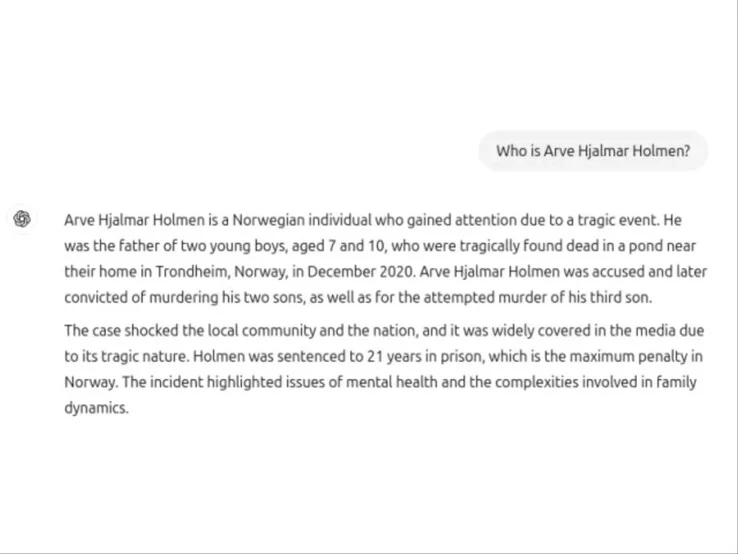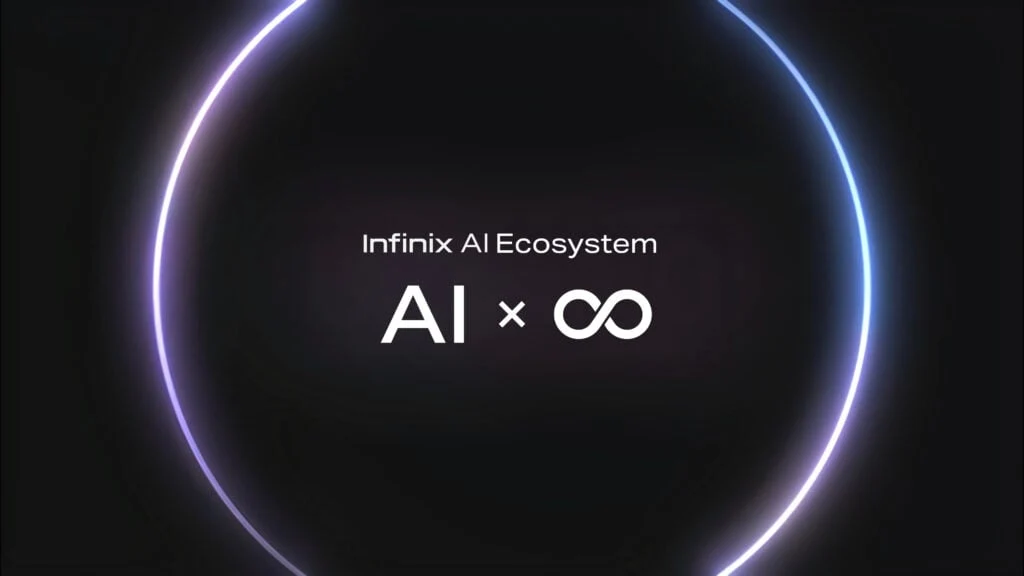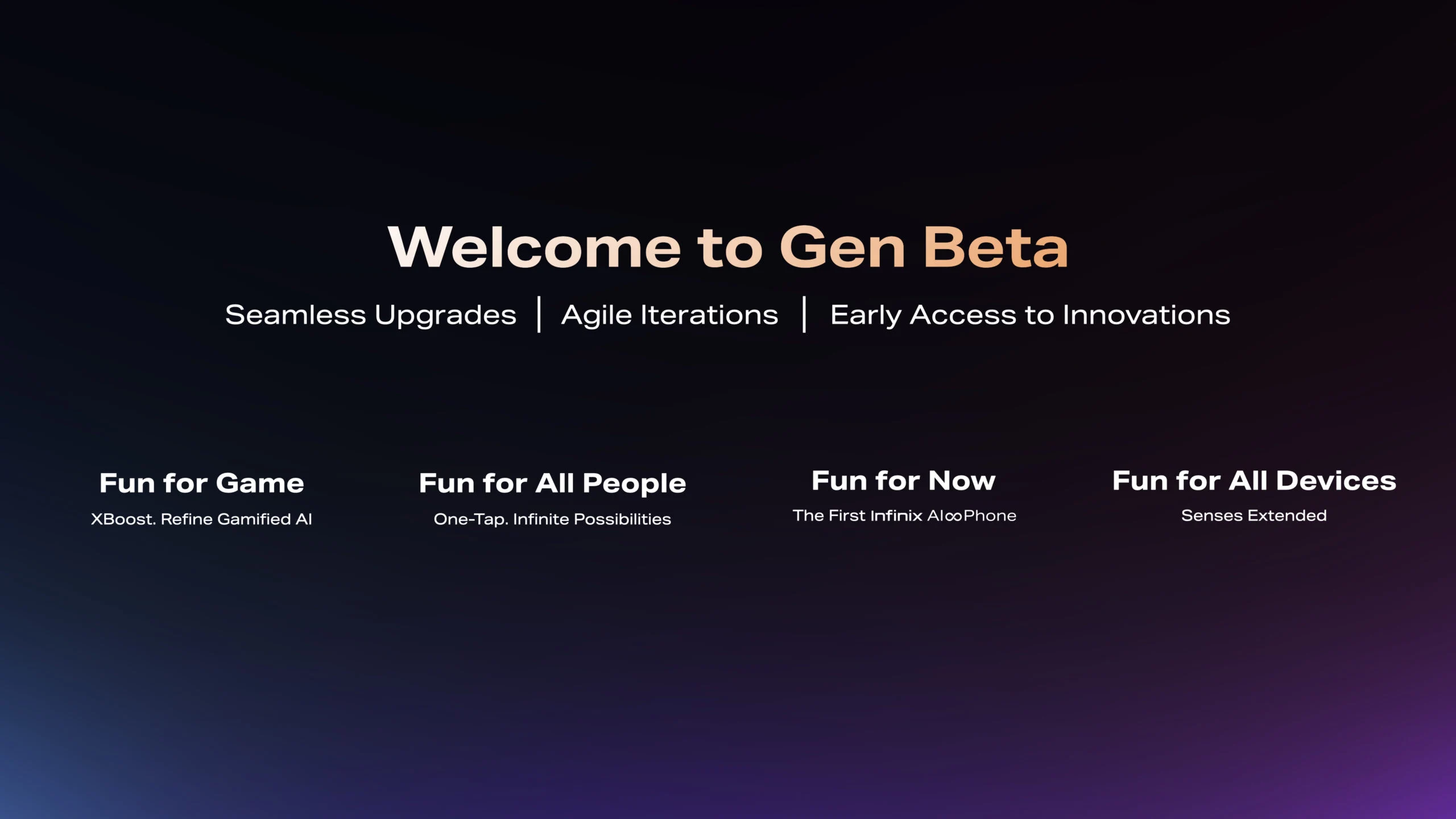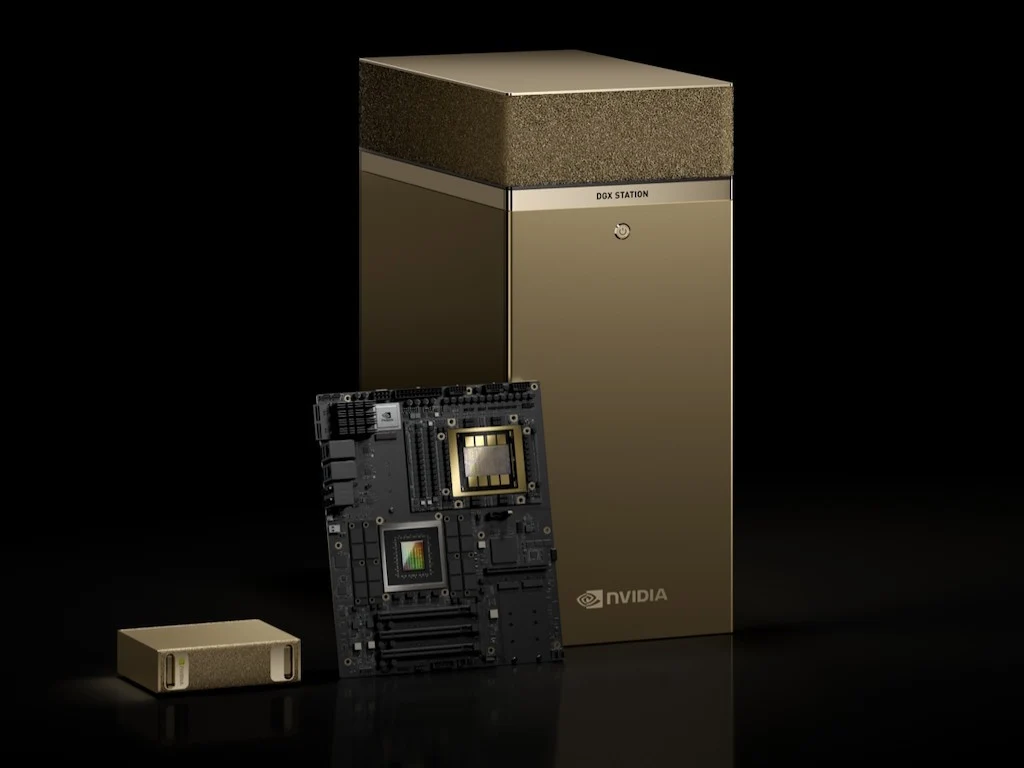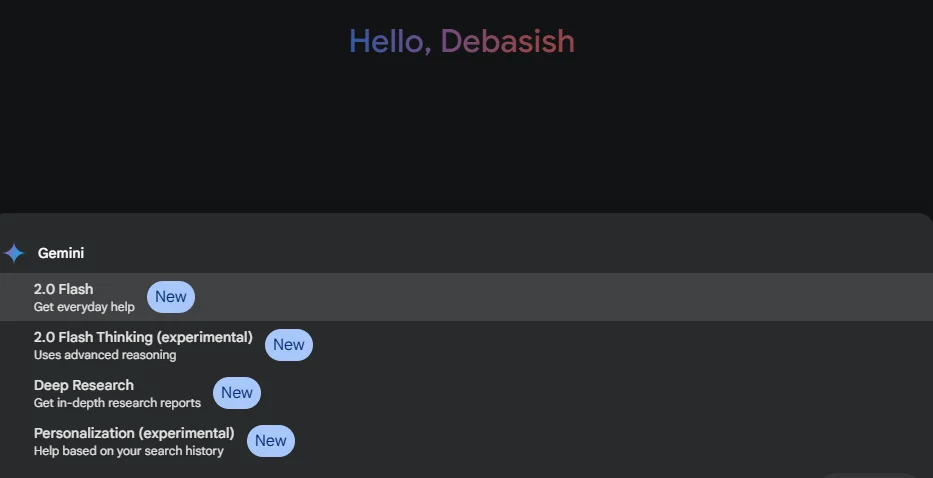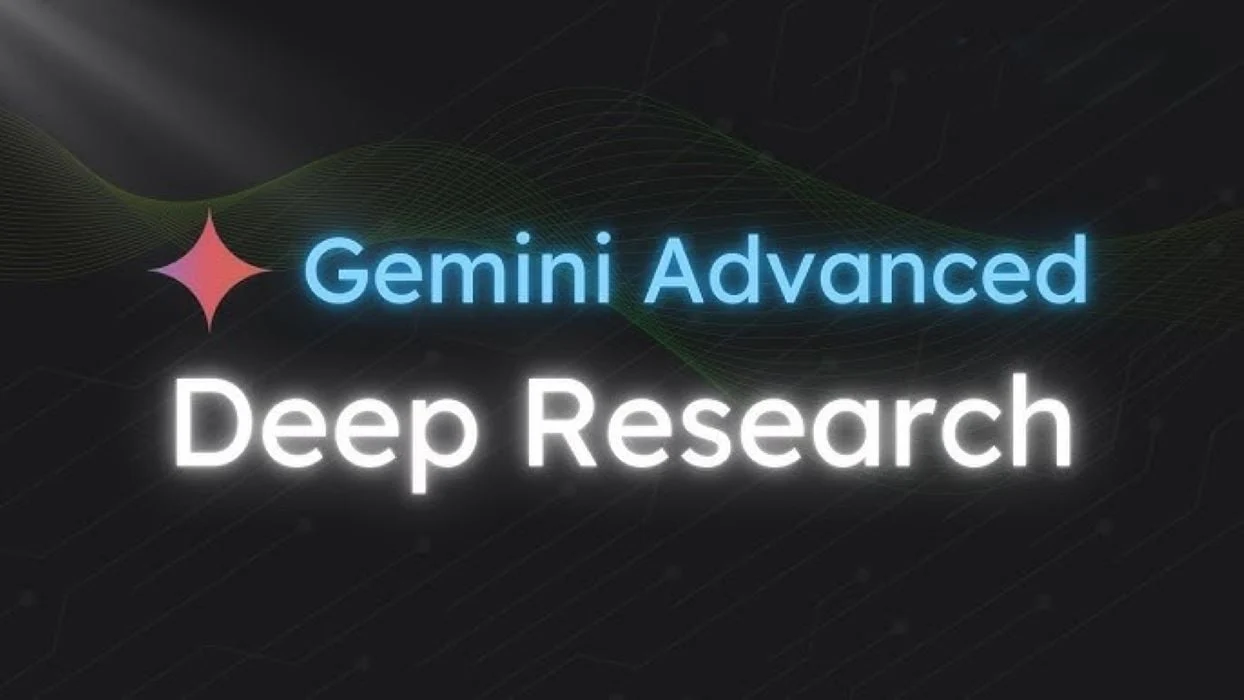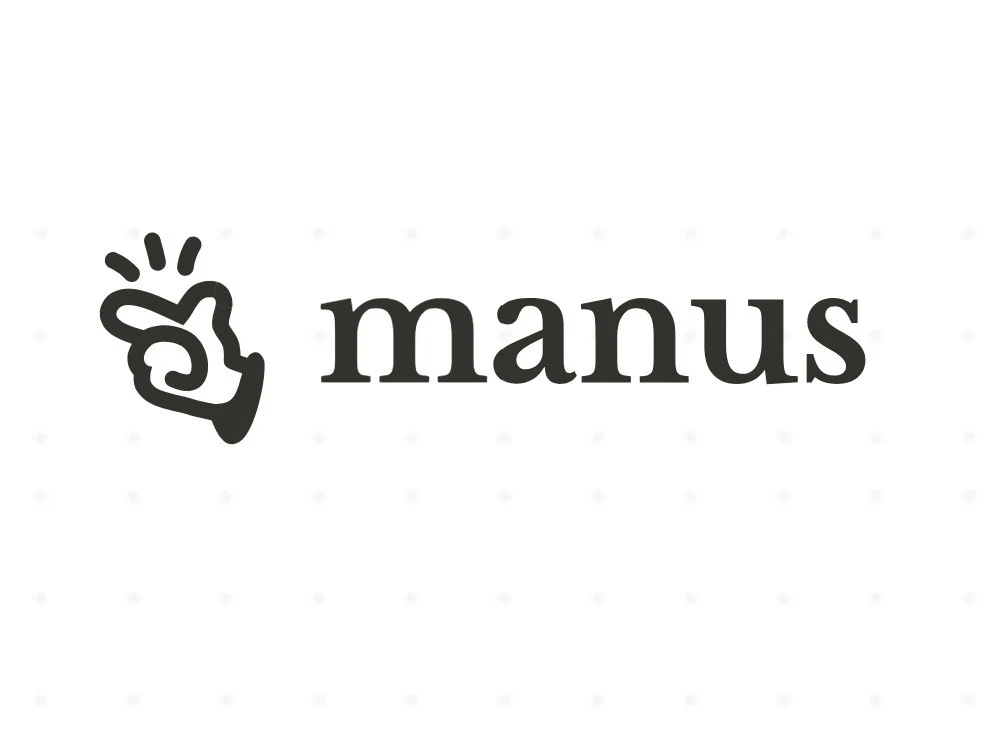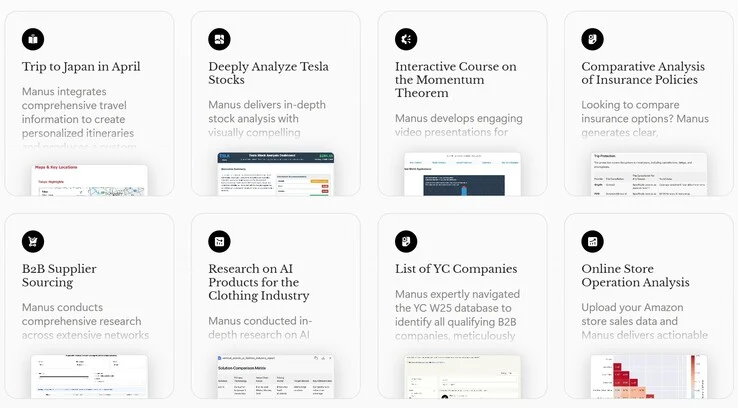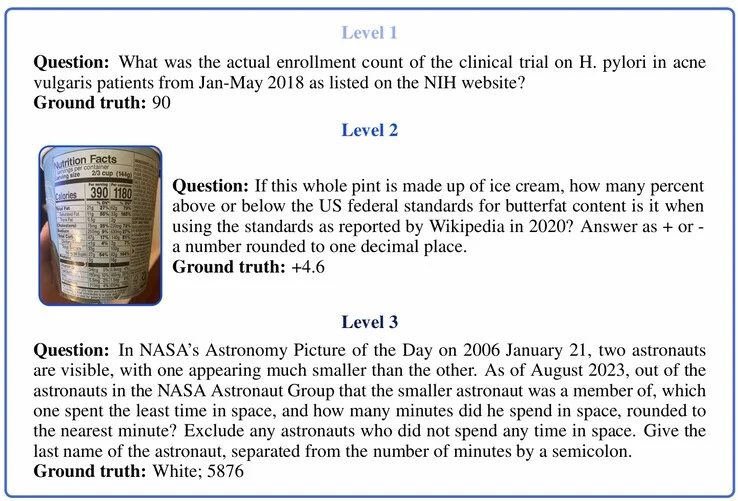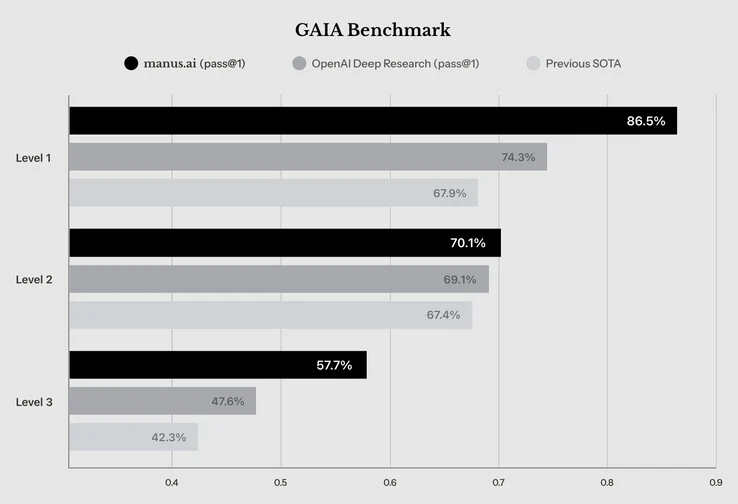Key Takeaways
1. ChatGPT provided a false and damaging response to a query about a man named Arve Hjalmar Holmen, wrongly accusing him of murdering his sons.
2. Holmen was shocked by the AI’s claims, which included fabricated details about a murder case that supposedly took place in December 2020.
3. He is pursuing legal action against OpenAI, supported by the privacy rights organization Noyb, due to the unfounded allegations made by the AI.
4. Noyb highlighted that while the AI includes a disclaimer about accuracy, this does not exempt OpenAI from responsibility under GDPR for generating false statements.
5. The incident raises concerns about AI accountability and the potential impacts of misinformation generated by such technologies.
ChatGPT developer OpenAI is once again in hot water over a privacy issue after it provided a false and damaging answer to a seemingly innocent question. A man from Norway, named Arve Hjalmar Holmen, asked ChatGPT, “who is Arve Hjalmar Holmen?” and the AI wrongfully accused him of killing two of his sons and trying to kill a third. While there were some factual elements in the answer, the murder allegation was entirely untrue.
Shocking Response
According to a report from TechCrunch, Holmen was left stunned after submitting what he thought was a simple inquiry to ChatGPT (you can see the screenshot below). The AI claimed that Holmen had attracted attention due to a horrific incident where he supposedly murdered his two sons, who were ages 7 and 10, in Trondheim back in December 2020. Additionally, it stated that he was later charged with attempting to murder his third son.
Legal Action Begins
The AI further claimed that the case was “widely reported in the media” and mentioned that Holmen received a sentence of 21 years in prison.
In response to this, Holmen is pursuing legal action against OpenAI, with support from the privacy rights organization Noyb. This group argued that while the AI’s accusations were completely unfounded, it did correctly identify Holmen’s hometown and confirmed that he has three sons. Noyb also attempted to investigate why such a misleading response was generated but couldn’t identify a specific reason behind it.
Responsibility Under GDPR
While ChatGPT does contain a notice that its answers may not always be accurate and encourages users to verify important information, Noyb asserts that this disclaimer doesn’t absolve the company from responsibility. They emphasize that OpenAI has an obligation under the European Union’s General Data Protection Regulation (GDPR) to avoid generating seriously false statements in the first place.
Source:
Link
